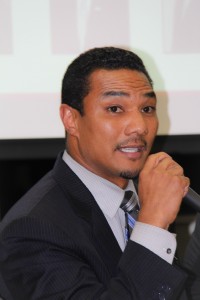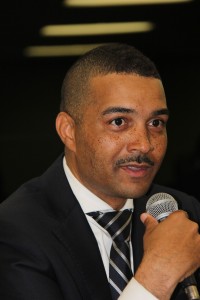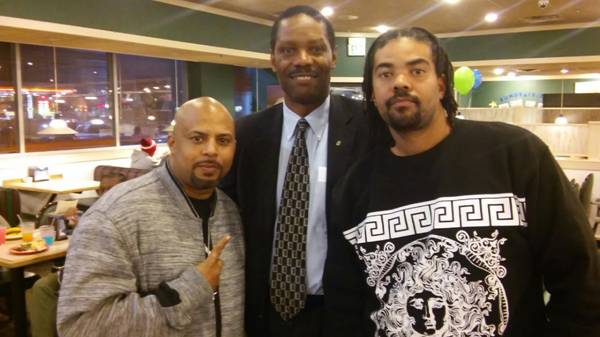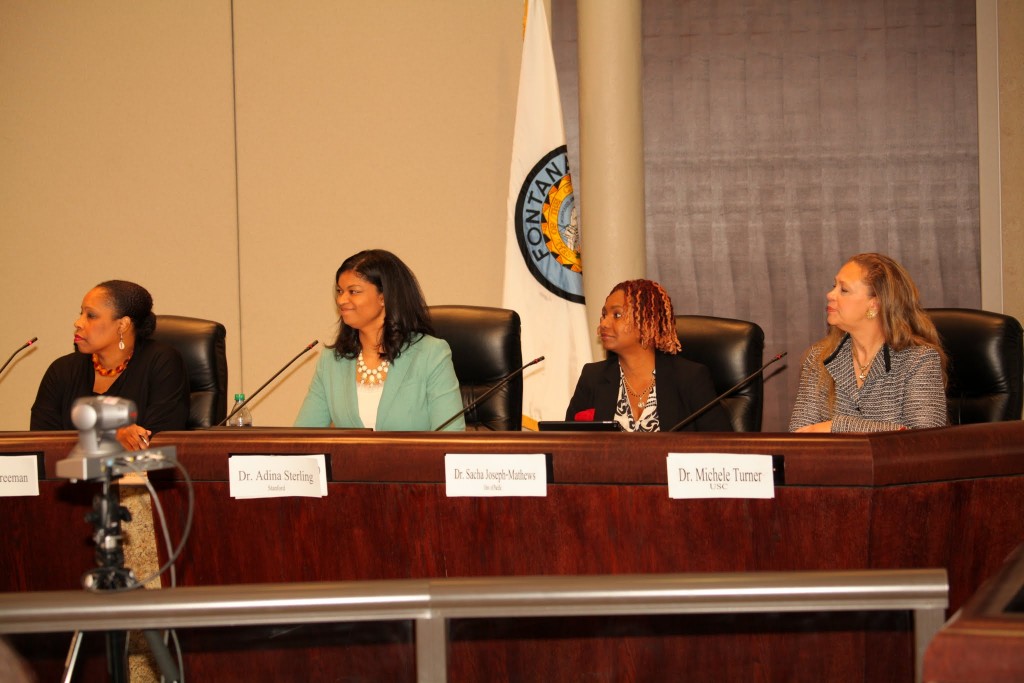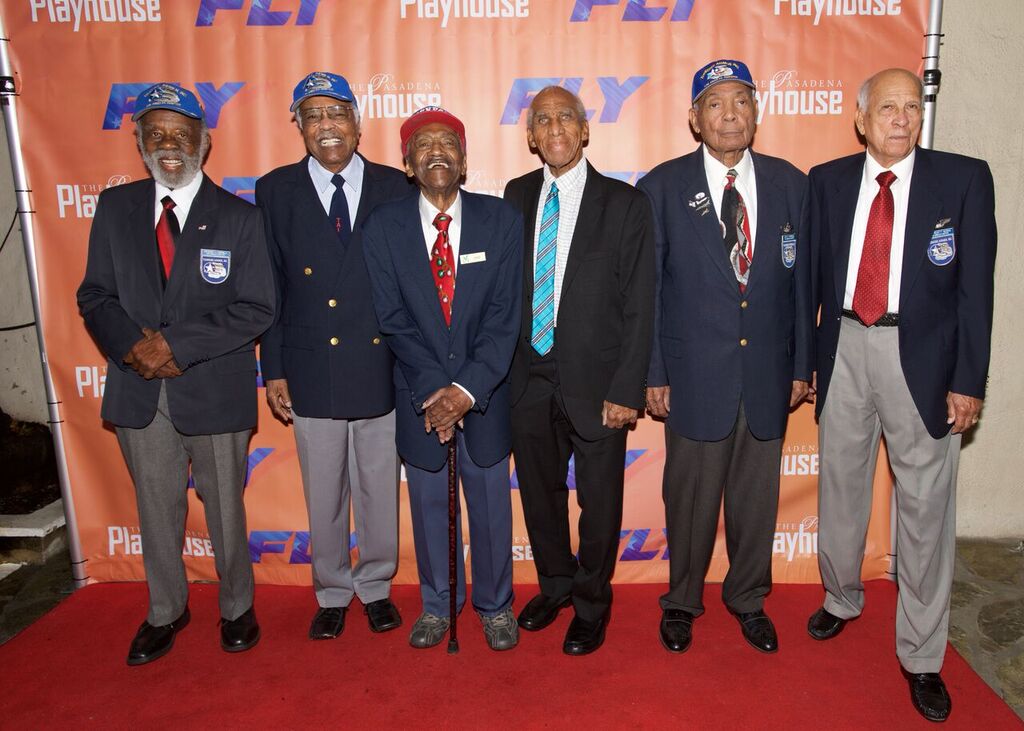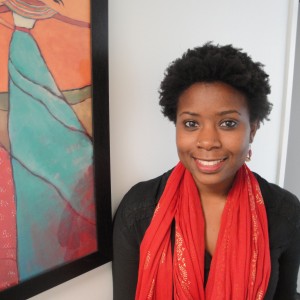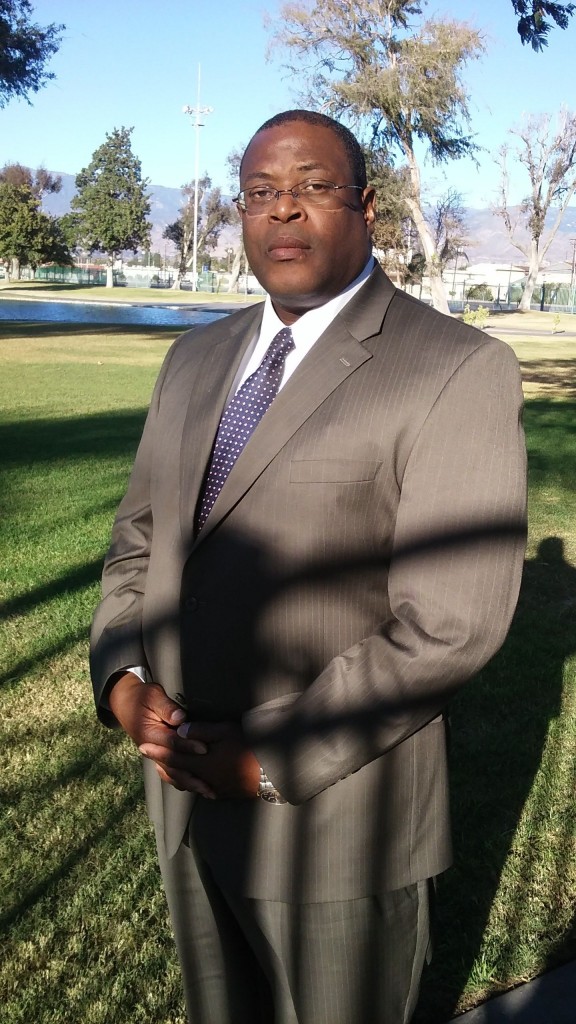
A study and recommendation by Keith McCarter, B.S., J.D., McCarter University
Pursuant to Health and Safety Code Section 17980-17992, the city, county, state, health department or other relevant governmental agencies may bring an action in the courts to appoint someone to manage and repair a distresses property.
In our case, the government entity is the City of San Bernardino. Currently the court has appointed one person as the receiver. This article will examine more plausible solutions to the receivership program and to suggest to the San Bernardino City Attorney’s Office more viable solutions which will include the benefiting of San Bernardino citizens opposed to benefiting only one particular party.
To the City’s Attorney’s Office credit, they have informed me that they will soon be preparing an RFQ to find more viable receivers for the program. Thus prior to the RFQ I have some specific suggestions on how we can have this program benefit our residents more.
I will start with a brief summary of the law:
The Law
17980a. THE CITY MAY CLAIM GIVE NOTICE TO DISTRESSED PROPERTIES OF 30 DAYS OR LESS. AFTER EXPIRATION OF NOTICE THE CITY CAN A COMPLAINT IN THE COURT AGAINST THE PROPERTY AND ITS OWNER.
NEW PURCHASER OR POSSESSOR OF A DISTRESSED PROPERTY MUST BE GIVEN AT LEAST 60 DAYS TO CORRECT THE DISTRESSED ELEMENTS OF THE PROPERTY.
17980b PREVIOUS LIEN HOLDERS MAY RELEASE THEIR LIEN AND NOTIFY THE CITY WITHIN 30 DAYS OF RELEASING THE LIEN.
17980c IF THE BUILDING IS IN REALLY BAD SHAPE, among other things, THE CITY CAN ORDER THE DEMOLITION OF THE STRUCTURE.
17980.1 CITY MUST TELL THE COURT SPECIFIC ELEMENTS OF SAFETY VIOLATIONS IN ORDER FOR THE COURT TO ACT.
RECEIVER MAY BE APPOINTED AND THEY HAVE A WIDE RANGE OF RIGHTS WHICH INCLUDES PLACING LIENS ON THE PROPERTY, GETTING LOANS TO REPAIR THE PROPERTY, MAKING REPAIRS AND MUCH MORE
17980.2 RECEIVER MAY RECORD LIEN
17980.3. THE RIGHTS OF A RECEIVER DURING AN ABATEMENT PROCEEDING IS NEAR EQUAL TO THAT OF A BANK DURING A FORECLOSURE PROCEEDING
17980.4 THE CITY MAY SUE ALL DEFENDANTS TO COLLECT FEES AND EXPENSES
17980.5 CITY MAY KEEP AN ACCOUNT SPECIFICALLY FOR THE PURPOSES OF REQUESTING AND COLLECTING JUDGMENTS AGAINST DISTRESSED PROPERTIES.
17980.6. CITY MUST POST A SIGN ON DISTRESSED PROPERTY SAYING IT HAS BEEN IDENTIFIED AS A DISTRESSED PROPERTY
17980.7. AN OWNER OF DISTRESSED PROPERTY MUST COMPLY WITH THE CITY’S DEMAND TO REPAIR SAID PROPERTY. IF NOT, THE CITY MAY SEEK A JUDGEMENT AND IMPOSE ADDITIONAL PENALTIES. IF THE OWNER STILL DOES NOT COMPLY, THE CITY MAY REQUEST THE COURT TO APPOINT A RECEIVER. A RECEIVER IS A PERSON who TAKE POSSESSION OF THE PROPERTY, MAKE THE NECESSARY REPAIRS AND SELL THE PROPERTY TO PAY THE COST OF THE RECEIVER AND THE LIENS ON THE PROPERTY. IN ORDER TO BE CONSIDERED FOR APPOINTMENT AS A RECEIVER, A PERSON OR ORGANIZATION MUST. “demonstrated to the court his or her capacity and expertise to develop and supervise a viable financial and construction plan for the satisfactory rehabilitation of the building.”
IN ITS DISCRETION THE COURT MAY APPOINT A NON-PROFIT OR COMMUNITY ORGANIZATION AS A RECEIVER
THE RECEIVER MUST SUBMIT MONTHLY REPORTS TO THE COURT. THE RECEIVER’S JOB IS FINISHED ..” when the conditions cited in the notice of violation have been remedied in accordance with the court order or judgment and a complete accounting of all costs and repairs has been delivered to the court.”
THE COURT MAY CONTINUE TO RETAIN CONTROL OF THE PROPERTY FOR AN ADDITIONAL 18 MONTHS. THE ORIGINAL OWNER CAN BE GIVEN THE OPPORTUNITY TO REGAIN THE POSSESSION OF HIS PROPERTY IF HE PAID ALL COSTS ASSOCIATED WITH THE REPAIR OF THE PROPERTY AND THE FEES ASSOCIATED WITH THE PROPERTY
17980.8. COURT MAY REFER MATTER TO ADMINISTRATIVE HEARINGS.
Rationale to Benefit the Community
With this summary OF THE LAW, we must keep in mind the goal of any program in which the city intends to initiate. The goal is for the programs to benefit the residents of the City of San Bernardino as much as feasibly possible.
Here are things we must attempt to obtain with this particular program. Firstly, any opportunity to buy, remodel and sell distressed homes should first be offered to the citizens of the ward where the property is located. Secondly, if there are no takers, the opportunity should be offered to the residents of the city. Third, the opportunity should be offered to people who are located in the county of San Bernardino. Last but not least, if no one from the first three categories wish to purchase the blighted home, the opportunity may be offered to others outside the county. In no instance should this benefit be offered directly to companies or people outside of our county first.
Let us go a little deeper into this conversation. Taking into consideration the importance of the role of receiver, local people, non-profits and businesses must first be given the opportunity of becoming a receiver of a particular property because with this position lies the power to reap financial benefits.
Suggestions for giving ownership to the Community
First and foremost the City Attorney’s office must halt all appointments of receivers until a viable list of receivers which represents the community can be created. These receivers must then be categorized by wards. This is a must.
Only after this has been completed should the City Attorney’s Office be allowed to use their discretion to recommend an appointment of a receiver to the court. I suggest the use of the rationale stated above where the opportunity is first offered to a receiver which lives in or near the ward of the property in question
Option 1 to consider. “It takes two to tango.” Pursuant to Health and Safety Code 17980, after giving due notice the City can elect to file an action to initiate court proceedings. However the city may use its discretion to facilitate an offer for a person or company to buy the property from the owner and promise to make repairs within a certain period of time after the purchase prior to filing a claim against the delinquent property owner. Furthermore, pursuant to 17980b, the city can agree to release the fees and penalties on the property if the new purchaser makes the necessary repairs within a certain period of time.
This option will save the time and money of having to go to court. Also, from the list of entities the City chooses from the future RFQ, they can chose a person or entity in the ward to solicit a purchase bid for the property. These actions are wholly within the City Attorney’s discretion
Option 2.
Pursuant to 17980.1.(a) The city may request an “order to show cause” which is basically the first step in asking the court to appoint a receiver for the distressed property.
My suggestion is simple, at this point, while the city is submitting the required elements of 17980.1.(a)1 to 17980.1.(a)3, they can also submit a recommendation as to which receiver they wish to be appointed. It is true that the final decision over who is appointed as the receiver is that of the court. However, the court relies heavily on the recommendation of the city because the city is the party who initiates the action.
If in fact the city make a recommendation, then that recommendation should be that of a person or entity which lives in the ward, city or county respectively as stated above.
Option 3. Simply stated, create a first time home buyer program centered around the revitalization of the distressed properties
These are very simple suggestions which will benefit the San Bernardino residents greatly. I personally wish to see community groups, however non church affiliated, to become receivers of these properties Bringing the element of religion into this already complicated equation will be detrimental to the efficiency and proper use of the public policies expressed in this article. For this reason I do not recommend allowing church organizations to be appointed as receivers. Last thing we need is someone injecting a 1st amendment claim into a receivership matter. This will undoubtedly cost much more time and money for a process which does not need to be so complicated.
One possible barrier to being listed as a possible receiver is the setting of an arbitrary level of needed capital. According to 17980.3.(a) the receiver has the authority to get a loan to cover the cost of the repairs. Thus, as long as a person has the ability to obtain a loan, they should be given due consideration for being appointed as a receiver
For Members of the Community
I suggest all organizations, not for profit organizations or even individual people who are interested in becoming a receiver to do two things. 1. Apply to the San Bernardino Superior court to be appointed as a receiver when and if needed. 2. Complete the RFQ which the city will create in the near future concerning the blight of distressed properties.
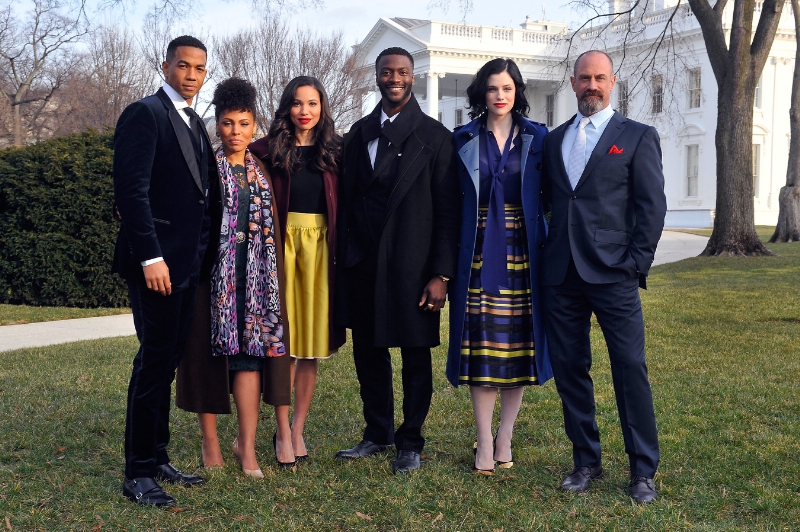
 Westside Story Newspaper – Online The News of The Empire – Sharing the Quest for Excellence
Westside Story Newspaper – Online The News of The Empire – Sharing the Quest for Excellence


